About Aviation Accidents, Injuries, and Lawsuits
Most people associate aviation accidents with plane crashes, which is understandable as these tragic incidents generally receive public attention. Planes do not often crash, but when they do, pilots and passengers frequently die. The families of these victims possess legal rights to seek compensation and hold the responsible party accountable through a wrongful death lawsuit.
In-flight injuries is another category of airplane related injuries that gets far less attention, but occurs much more often. Airplane passengers suffer a host of preventable injuries, detailed below, in connection with air travel. They also have rights to take legal action for compensation when their injuries result from someone else’s reckless decisions or conduct.
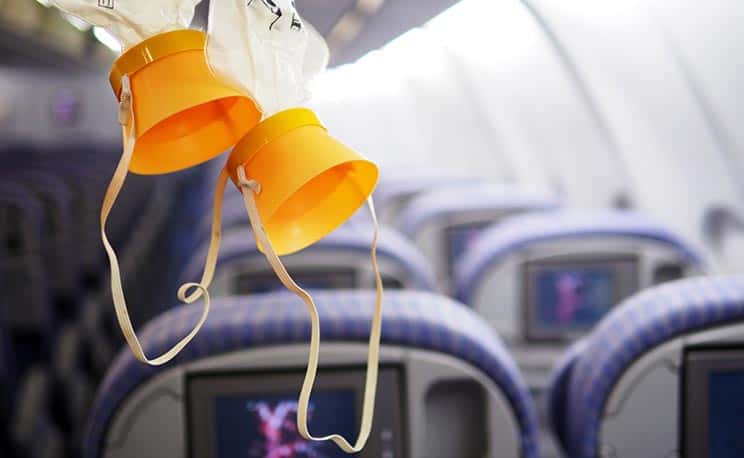
Lawsuits for Injuries and Wrongful Death Due to Aviation Accidents
Aviation lawyers represent victims and their loved ones in lawsuits seeking compensation from parties whose negligent decisions or actions led to injuries or fatalities onboard an aircraft or from a plane crash.
Common Causes of Plane Accidents
Planes crash for a variety of reasons, although the bulk of them result from one of the following occurrences:
Pilot Error
Pilots owe a duty of care to the passengers aboard their flights and are mandated to comply with all proper procedures to keep planes airborne and safe. Piloting an aircraft requires keeping a clear, calm head and paying attention to details under sometimes stressful conditions. Even a small mistake at the control of a plane can lead to a cascade of dangerous consequences that can lead to catastrophe. Pilots and their employers may face legal liability for the tragic outcomes of a pilot’s erroneous decisions or actions in the cockpit.
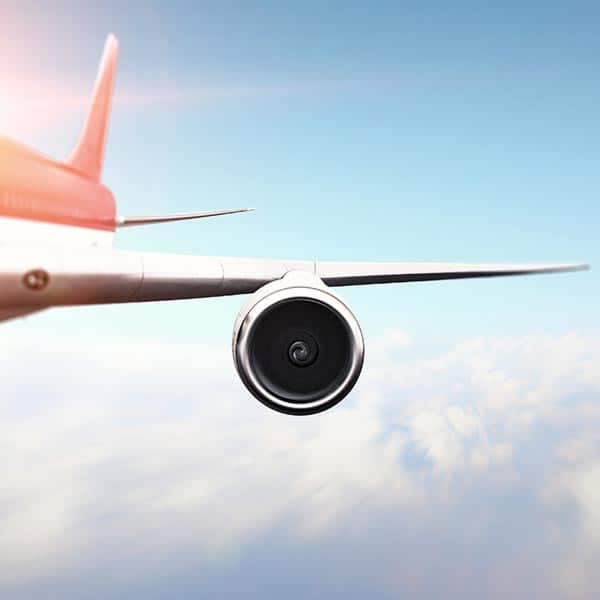
Mechanical, Electrical, or Technological Malfunction
Modern aircraft are intricate marvels of mechanical, electrical, and technological engineering. With that complexity comes the often difficult, expensive, and knowledge-intensive task of maintaining a plane in safe operating condition. Air disasters have resulted from software glitches and failures of sometimes small, relatively inexpensive parts — the sorts of malfunctions that require expertise and attention to detail to prevent. Aircraft operators and maintenance companies that fail to keep their planes in safe working order face legal liability to victims of crashes.
Weather Conditions
Planes should not fly in weather conditions that put them at risk of an accident. Airplane operators may face liability for taking to the skies in weather unsuited for flying conditions. Aviation meteorologists, or the federal personnel responsible for alerting pilots of weather conditions, can also be held liable for lapses in interpreting or communicating proper weather data to pilots.
Air Traffic Control Error
Air traffic control operators are tasked with guiding pilots in sometimes crowded and challenging airspace. Errors by controllers can lead to unsafe conditions in the air, including the risk of in-air collisions. Pilots can contribute to air traffic control blunders by failing to abide by communication protocols, or by not following air traffic control’s directions. In the event of a plane crash caused by an air traffic control mistake, the airline and/or air traffic controllers can face liability for the injuries or fatalities sustained as a result.
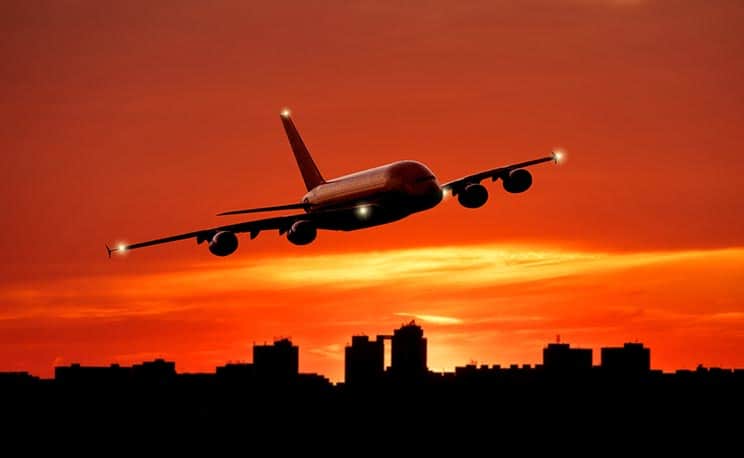
Runway Issues
Pilots and the ground controllers in charge of airport runways have an obligation to ensure aircraft operate safely on the ground. Many airplane disasters have resulted from runway issues and other on-the-ground errors that lead to collisions or near-collisions. Airport authorities, pilots, and aircraft operators face liability for crashes caused by these mistakes.
Plane Crash Cause Investigation
Most reported plane crashes in the United States are investigated by the National Transportation Safety Board (NTSB), the federal agency tasked with determining and reporting on the causes of aviation accidents. In a limited set of circumstances, the NTSB may delegate its investigation to the Federal Aviation Administration (FAA). The investigation may also involve fact gathering and analysis by airplane manufacturers, airport authorities, pilot representatives, first responders, and criminal investigators. Aviation lawyers may also conduct their own investigations, which can include hiring their own independent aviation experts.
These investigations principally aim to determine the root cause of a plane crash, which in turn serves the purpose of:
- Learning lessons that promote future aviation safety
- Assessing potential violations of aviation laws or regulations
- Identifying parties whose actions or decisions led to the accident, and who may therefore face legal liability to victims
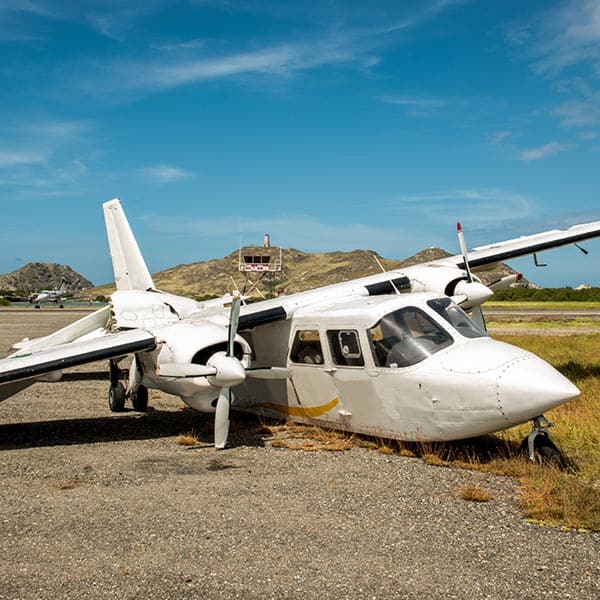
Common Injuries Sustained While on the Aircraft and the Parties Liable for Them
Airline passengers frequently suffer injuries in the course of aviation travel. Their injuries receive far less attention than those caused by flight disasters, but they deserve no less consideration when they result from the careless or reckless actions of another.
Falling Baggage or Items During Flight
Airplanes with overhead storage compartments pose a hazard to travelers if items fall out and hit passengers. Though passengers may bear responsibility loading the compartments properly, ultimately it is up to the airline staff to ensure the overhead bins are closed securely. Airlines face liability if a compartment opens during flight and spills cargo that injures a passenger.
Injuries from Food and Beverage Cart Bumping into Passengers
Narrow aisles and cramped seating often put passengers at risk for painful injuries when heavy food and beverage carts tended carelessly by flight attendants run into their knees or roll over their feet. Passengers can also get hurt if flight attendants fail to secure a cart and it rolls down the aisle during takeoff, landing, or turbulence. Airlines face potential liability for these injuries.
Burns from Spilled Hot Beverages
Flight attendants must exercise care in serving hot beverages to passengers. Spilled tea and coffee can burn a passenger, leading to liability for the airline.
Slip and Fall Accidents
Like any other commercial entity, airlines and airport operators have a duty to keep their premises safe from hazards that might cause an accidental fall, and to warn their customers about known dangers that have not yet been fixed. Failure to live up to these obligations can lead to legal liability for slip and fall injuries.
Injuries from Turbulence or Harsh Takeoffs and Landings
If a pilot makes a poor decision that leads to passengers suffering injuries because of turbulence or a harsh takeoff or landing, especially without warning passengers in advance, then the airline could face liability for consequential injuries.
If you have sustained any of the above injuries from traveling on an airplane, you deserve compensation for your suffering. Call 866-465-1419 or fill out the form below to be connected with one of The Law Center’s skilled aviation legal partners and get started on your airplane injury lawsuit right away.
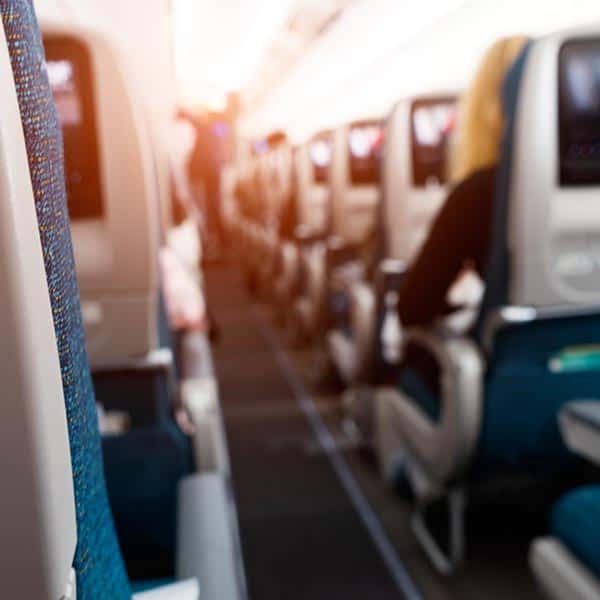
Types of Claims for In-Flight Airplane Injuries
Aviation lawyers base claims for compensation owed to their injured clients on several legal principles detailed below.
Claims Based on Negligence
All individuals and corporate entities owe the public an obligation to exercise reasonable care in their decisions and actions so as not to put others in harm’s way. A failure to live up to this standard is known as negligence and serves as a basis for legal liability for injuries. Examples of cases where a negligence claim would likely be brought include:
- An air traveler who suffers serious or fatal injuries because of a pilot’s reckless decision
- Injuries sustained from a flight attendant’s carelessness with a food or beverage cart
- Fatalities or injuries from a plane crash due to an aviation meteorologist’s flawed weather guidance to the airline
Product Liability Claims
The manufacturers of airplanes and airplane parts owe a duty to the public not to produce and sell products that pose an unreasonable danger to the general population. Even the failure of a small airplane part can cause catastrophe. Any injury or fatality caused by a defective airplane part could lead to a product liability claim against the manufacturer.
Duty of Care Violations
Under the laws of some states, airlines have a heightened duty of care to protect their passengers from harm. This legal principle, known as the common carrier doctrine, can result in airlines facing legal liability for damages whenever a passenger gets injured because of a foreseeable dangerous condition or incident that the airline failed to prevent.
Hiring a Leading Aviation Lawyer
Aviation accident and injury lawsuits differ from other personal injury legal actions in that they require detailed technical knowledge of aviation systems and protocols, and understanding of specific regulations and legal processes. Pursuing compensation for an air travel-related injury or fatality will often require navigating the regulatory investigations conducted by the NTSB and/or FAA and scrutinizing the thoroughness and accuracy of investigative conclusions. This regulatory layer of the aftermath of an aviation incident can influence when, how, and under what legal theories a victim may seek compensation for injuries and losses.
Because of the highly technical and complex nature of aviation accidents and investigations, victims of any air travel-related injuries should always hire an experienced and skilled aviation attorney to help them navigate seeking justice and recovering maximum compensation for their airplane accident injuries.
How The Law Center Can Help
The Law Center seeks to connect victims of aviation accidents and injuries with the skilled, knowledgeable, and seasoned airplane accident attorneys who are best suited to help them. Call 866-465-1419 or fill out the form below to be connected with a leading aviation legal specialist in your area.